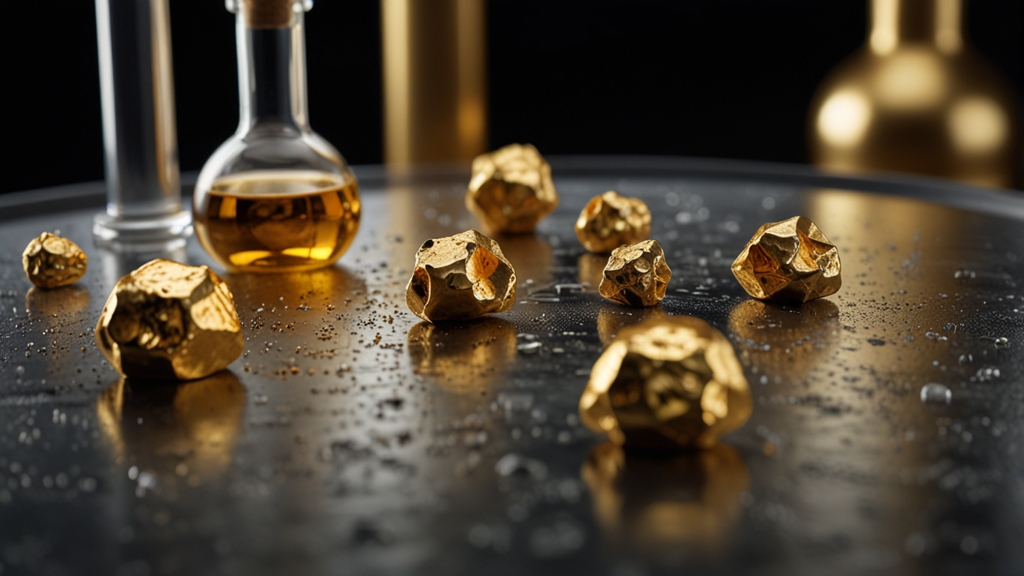The Alchemist's Dream: Can Chemistry Make Gold from Lead?
For centuries, the quest to transform base metals into gold has tantalized humankind. Alchemists of medieval and renaissance Europe toiled in their dimly lit laboratories, chasing the elusive Philosopher's Stone—a hypothetical substance believed to facilitate this mystical transformation. However, despite their efforts, the dream remained just that—a dream. But has modern chemistry altered this ancient aspiration? Could contemporary science succeed where alchemists failed?
The Historical Context of Alchemy
Alchemy, an early form of chemical science, intertwined with philosophy and mysticism, aimed to perfect substances and the human soul. Its origin spans continents and centuries, influencing diverse cultures from ancient China to Greece. Alchemists believed in the transmutation of metals, holding that base metals like lead could evolve into noble metals like gold. Though often dismissed as a pseudoscience today, alchemy laid the groundwork for modern chemistry through its experimental techniques and investigative spirit.
"The effort to transmute base metals into noble ones was an allegory for self-improvement and spiritual purification for many alchemists." — Dr. Mary Torrance, Historian of Science
The Properties of Lead and Gold
On the atomic level, lead (Pb) and gold (Au) differ in their number of protons: lead has 82, while gold has 79. Transforming lead into gold requires altering this atomic structure—a feat that fundamentally challenges the principles of chemistry. In essence, it is not merely a matter of mixing substances but of changing the very building blocks of the elements.
Early Modern Attempts
The advent of nuclear chemistry in the 20th century brought new approaches to the ancient problem. In 1980, the Nobel Prize-winning physicist Glenn T. Seaborg succeeded in converting a tiny amount of bismuth (a metal similar to lead) into gold. Seaborg achieved this through a process known as nuclear transmutation, where the atomic nucleus is altered via nuclear reactions. However, this method required an enormous amount of energy and produced minuscule quantities of gold, making it commercially unviable.
"While technically intriguing, nuclear transmutation to create gold from lead or similar metals is economically impractical and energetically inefficient." — Dr. Leonard Phillips, Nuclear Chemist
The Modern Perspective
Today, the focus has shifted from literal transmutation to optimizing methods for extracting gold from its natural ore. Cyanidation and other chemical techniques have vastly improved the efficiency of gold mining. Moreover, the technology behind particle accelerators and nuclear reactors may one day offer more feasible methods for atomic manipulation, though they remain impractical for large-scale gold production.
Practical Implications and Ethical Considerations
Even if we were to perfect the art of turning lead into gold, the socio-economic impact would be profound. Gold's rarity is a cornerstone of its value. Flooding the market with artificially produced gold could destabilize economies and disrupt industries reliant on the metal's exclusivity. Ethical considerations also arise, including the potential environmental and safety risks inherent in nuclear manipulation.
"The creation of synthetic gold challenges us to rethink value and resource management in unprecedented ways." — Dr. Ela Kumar, Economist
Conclusion
The alchemist's dream of turning lead into gold is a metaphor for human ambition and the pursuit of knowledge. While modern chemistry can achieve feats unimaginable to ancient alchemists, the practical transformation of lead into gold remains largely out of reach. However, this enduring quest symbolizes our unending drive to transcend limitations, pushing the boundaries of science and technology. In that sense, the alchemist's dream is very much alive, continuing to inspire and challenge us.







